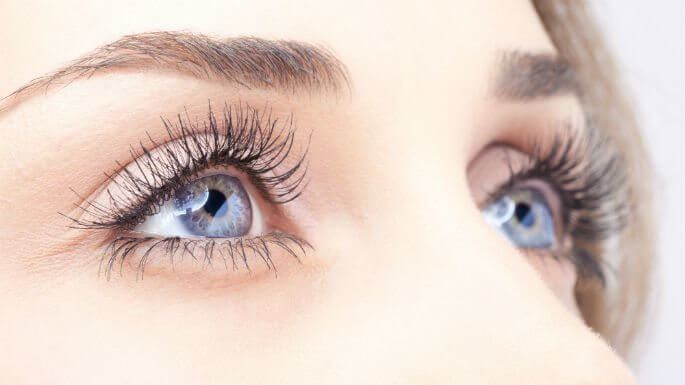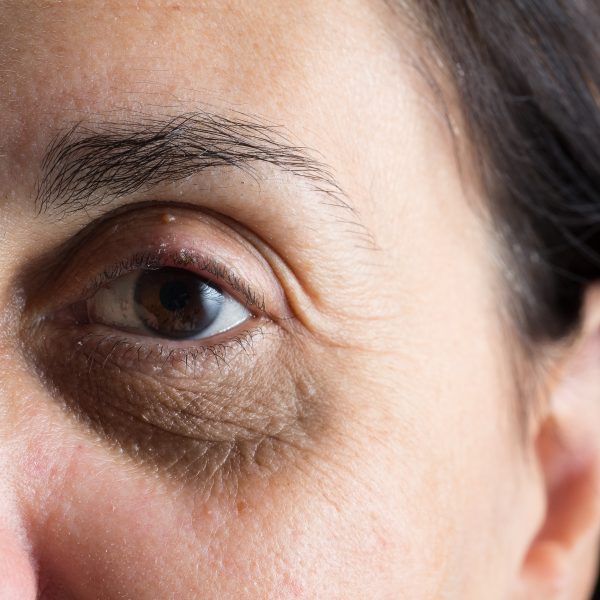
There are many causes for eye asymmetry. Understanding the causes of eye asymmetry and their treatments is crucial. The next step is to choose the best surgical option. A surgical plan must account for the asymmetry of the eyelids. Eye asymmetry treatment includes the removal or reshaping eyelids.
Periocular Asymmetry
Periocular alignment is caused by changes to the volume, shape, position, and positioning facial tissues, in particular the orbit and around your eyes. It is usually caused by changes to the eyelid size and position, as also changes in pupil size. The asymmetry can be unilateral and is usually caused by a decrease in tissue volume from conditions like congenital hypoplasia or inflammatory lesions. Common ocular disease symptoms are strabismus, eyelid asymmetry, and third-eyelid protrusion.
Assessing facial symmetry is the first step to assessing periocular imbalance during aesthetic or reconstructive procedures. This should take place within the first few moments after a patient is contacted. The eyes are the focal point of the face, so first impressions are particularly important. Because the eyes determine a person’s personality and face. People interact with each other and their initial impressions can change over time.

Causes
There are many causes of eye asymmetry. It can also affect the structures surrounding the eyeball like the eyebrow, brow bone and eyelids. It can also result from trauma or a tumor. Most cases are harmless, but some may need medical attention, like an infection, stroke, or other serious conditions.
In rare cases, eye asymmetry can be a symptom of a brain disorder. It can also happen due to strokes or other disorders affecting the brain's nerves. Migraines can also be a cause. You should consult your physician immediately if you have severe migraines.
Treatments
There are many treatments for eye asymmetry. They vary depending on the severity of the asymmetry. For severe asymmetry, surgery is often needed to correct a structural abnormality in the orbit, such as an injury. For less severe asymmetry, various cosmetic procedures are available. These procedures can improve vision and prevent future problems.
Trauma is the main cause of orbital imbalance. Though they may be visible immediately, there are many other causes. Concussion-induced hypoemia can cause an orbital injury, which can lead to enophthalmos and hypoglobus. A stroke could also lead to upper eyelid asymmetry and enophthalmos.

Prevention
Eye asymmetry can be caused by many factors. However, it is not always easy to treat. These can range from lifestyle changes to medical treatments. The goal is to improve the overall appearance of the eyes. Although it is not a cure all, the results can be pleasing to the eyes and help improve self-esteem.
The first step in assessing periocularsymmetry is to evaluate the patient. The patient should be examined for periocular asymmetries prior to surgery. This includes identifying the asymmetry, determining the cause of it, and identifying the components. Next, you will need to choose the best corrections. Although large inequalities are obvious during preoperative evaluations, they may not be apparent until the surgery. Additionally, soft tissue may be removed during surgery to reveal underlying asymmetries.